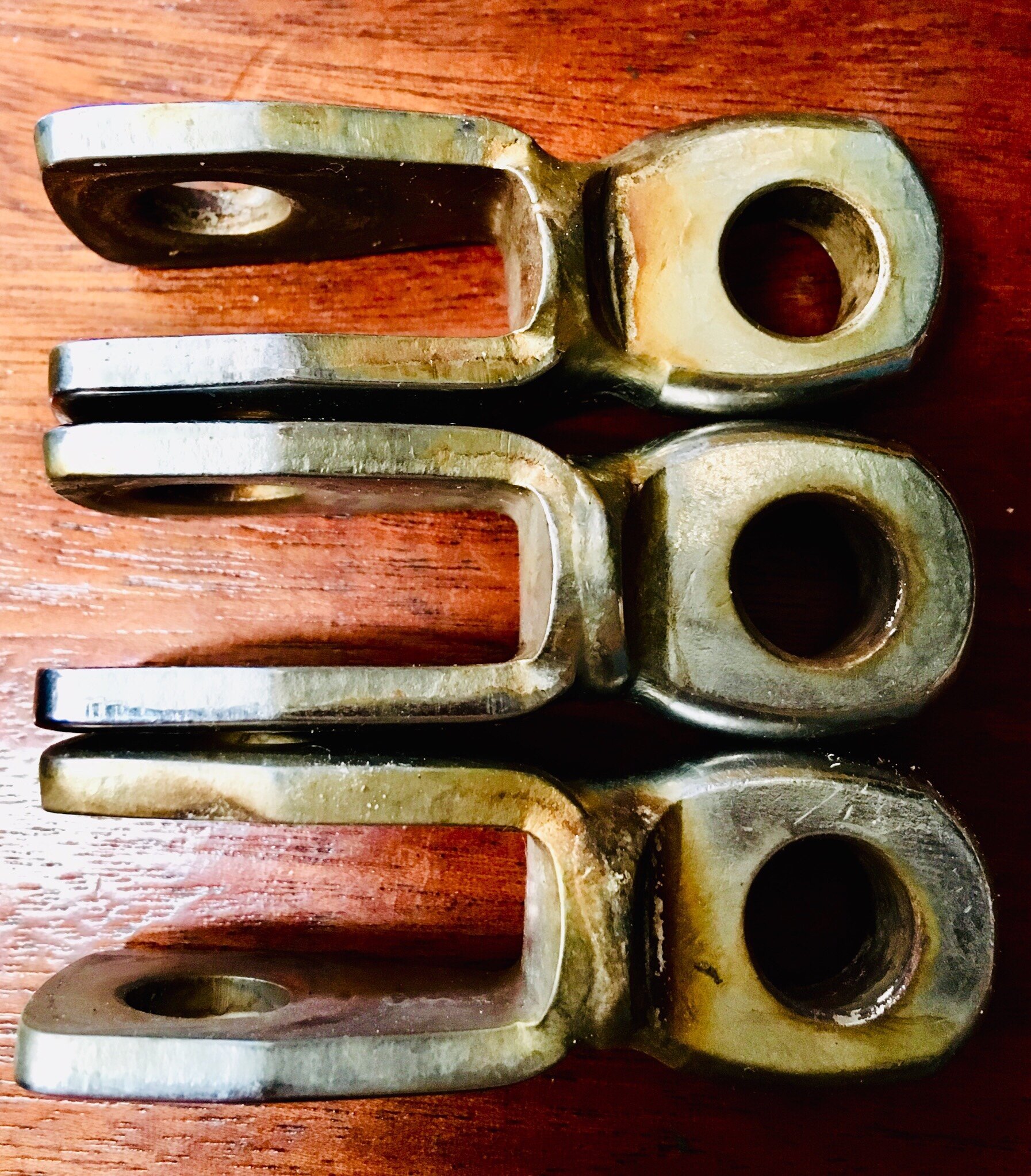In the world of advanced chemical compounds, it seems that the best solution to a simple problem like galvanic corrosion would be a synthetic concoction. The truth is, all modern chemicals are compared to the best solution to the problem: lanolin.
Lanolin, sold as Lanocote, is removed from sheep’s wool. The lanolin is separated from the wool and bottled up into small jars. This agent is natural and safe to use without gloves, and will not react with your skin!
It works great at keeping water out and dissimilar metals separated which then prevents any galvanic issues.
I personally use this anytime I have bronze and stainless steel touching, and an extra thick layer anytime I am mixing stainless fasteners with aluminum fittings. If you don’t use lanolin, or one of the other more expensive materials, you will quickly see bubbles form in the aluminum adjacent to the stainless steel fastener.
Lanolin is easy to use and good to keep in the boat. Best of all, it lasts a long time. I have been dipping into my same pot for the past 5 years and it is still full enough that I don’t need to think about buying more of it anytime soon!



